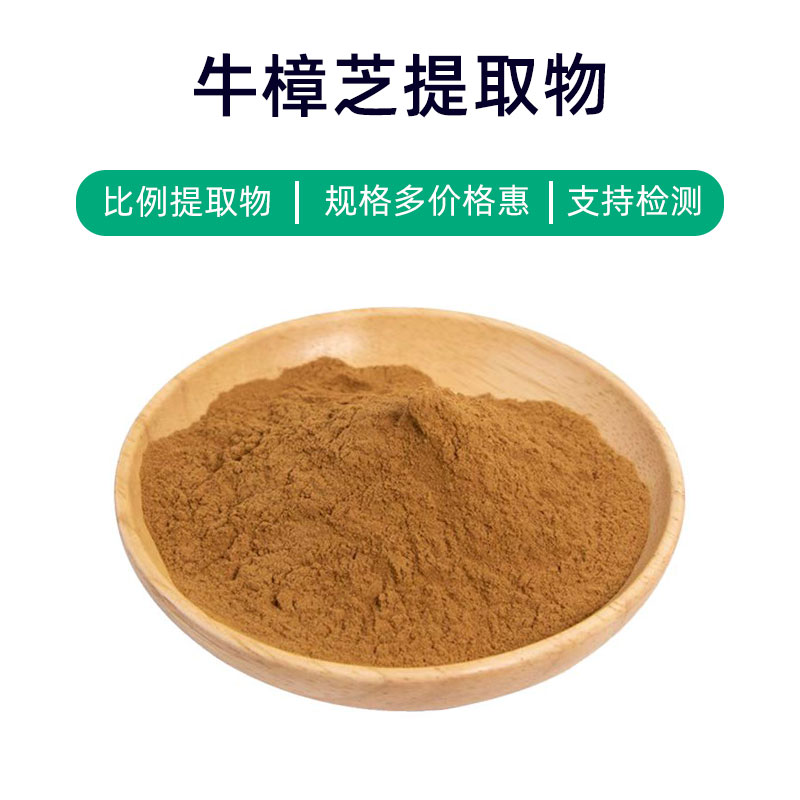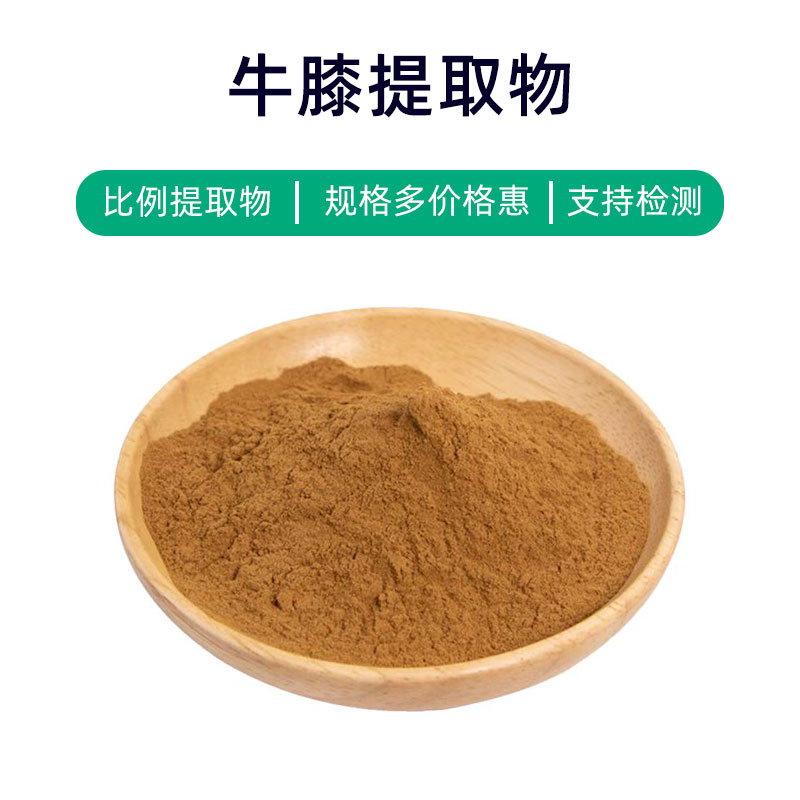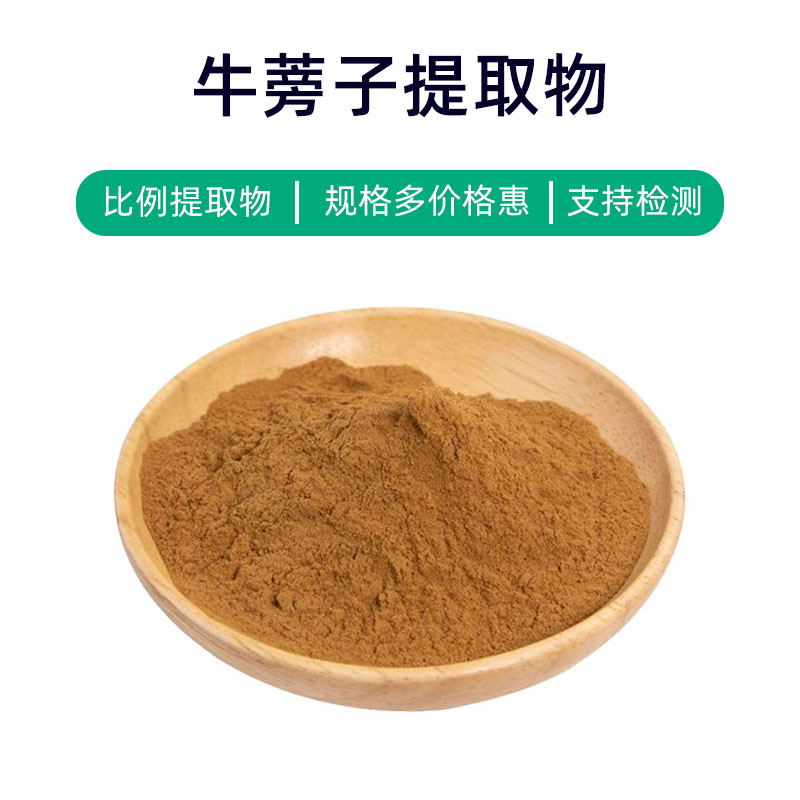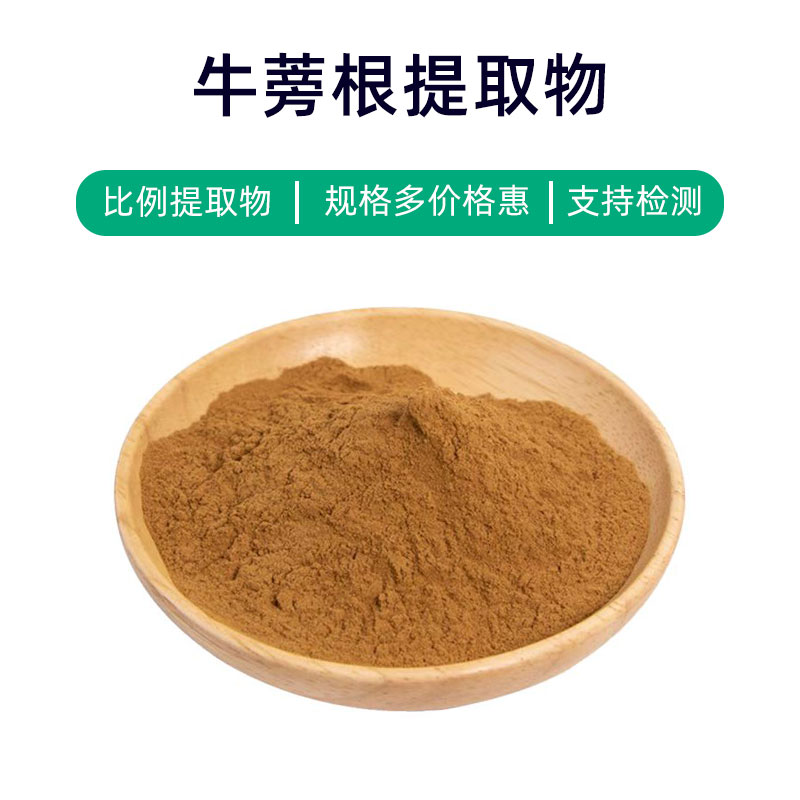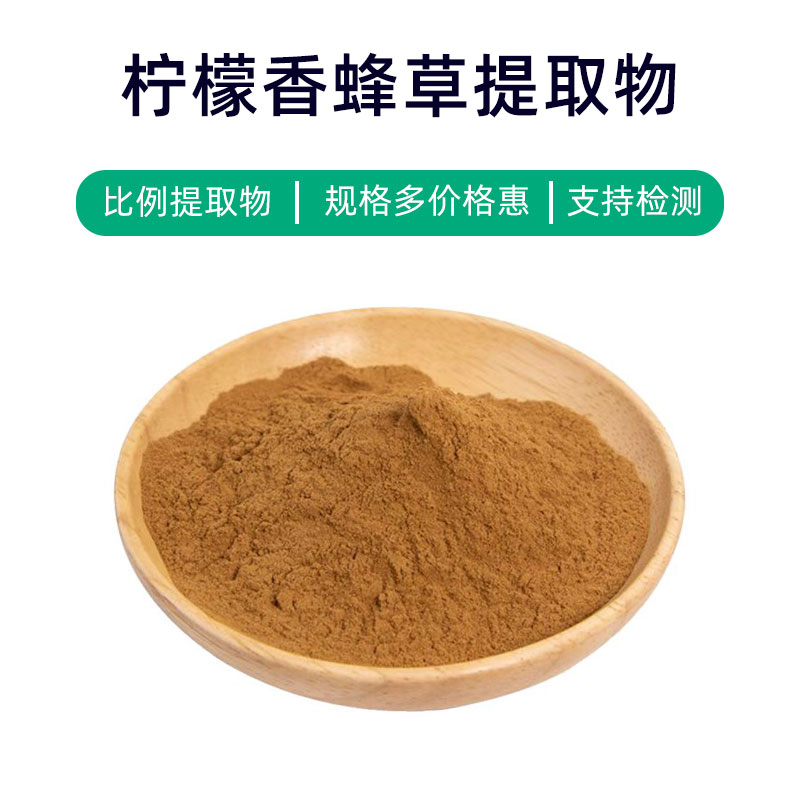Deer Antler Extract Product Introduction
Deer antler extract is a nutrient-rich natural substance derived from deer antlers, mainly composed of proteins, amino acids, and growth factors. Its benefits primarily include nourishing energy and enhancing vitality and kidney function. In the medical field, deer antler extract is often found in male health supplements aimed at improving male physiological functions, enhancing physical strength, and boosting sexual performance. It is also widely used in certain health foods as a nutritional supplement, suitable for individuals needing nourishment. In cosmetics, deer antler extract is commonly found in men's skincare products, revitalizing skin and slowing the aging process. Overall, as a natural health component, deer antler extract has multiple benefits and is used widely across the medical, health supplement, and cosmetic industries to support health and beauty.
Deer Antler Extract Production Process
The production process of deer antler extract typically includes the following steps:
- Raw Material Collection: Select deer antlers at appropriate growth cycles to ensure quality and purity.
- Cleaning Treatment: Clean and disinfect collected deer antlers to remove surface impurities and bacteria.
- Cutting and Grinding: Cut the cleaned antlers into small pieces and grind them into powder using a pulverizer or grinder.
- Extraction Process: Utilizing methods such as water extraction, ethanol extraction, or supercritical fluid extraction to extract active components from the antlers.
- Filtration and Purification: Filter and purify the extracted solution to remove impurities and unwanted components, enhancing product purity.
- Concentration and Dehydration: Concentrate the extraction to remove excess solvent, achieving the desired concentration.
- Drying Treatment: Dry the concentrated deer antler extract, typically using spray drying, vacuum drying, or freeze-drying methods.
- Grinding and Packaging: Grind and package the dried deer antler extract for convenient storage and use.
- Quality Inspection: Conduct quality inspection of the finished product to ensure it meets relevant safety and quality standards.
This is a common production process for deer antler extract, and different manufacturers may have variations, but scientific processing can ensure the quality and purity of the extract.
Benefits and Side Effects of Deer Antler Extract
As a traditional supplement, deer antler extract has a long history in traditional Chinese medicine and is believed to have multiple benefits and effects. Here are the main benefits and effects:
- Nourishing and Strengthening: Rich in proteins, amino acids, vitamins, and trace elements, it nourishes kidney yang, strengthens bones and muscles, and boosts physical strength and immunity.
- Anti-Aging: The active components in deer antler extract have antioxidant properties that help remove free radicals from the body, reducing oxidative damage and potentially slowing aging processes.
- Improving Sexual Function: Traditionally believed to enhance kidney and yang functions, it can address male erectile dysfunction and premature ejaculation issues.
- Promoting Growth and Development: Contains rich growth factors and hormones that aid in promoting growth, increasing weight, and height.
- Enhancing Memory: Neurotrophic factors and brain-active substances in deer antler extract contribute to improved brain function, enhancing memory and learning ability.
- Regulating Endocrine System: Hormonal substances in deer antler extract can regulate the endocrine system, addressing hormonal imbalances.
- Anti-Fatigue: Various nutrients in deer antler extract can increase physical and mental energy, mitigate fatigue, and enhance the body's resistance to illness.
- Improving Sleep: Some components in deer antler extract have sedative properties that can help improve sleep quality and alleviate insomnia and anxiety.
Although deer antler extract has various benefits, individual differences and dosage should be taken into account to avoid potential adverse reactions from overuse. Long-term excessive consumption may lead to discomfort or hormonal imbalances, so consulting with a healthcare professional before use is recommended.
Application Scenarios and Dosage of Deer Antler Extract
Deer antler extract has broad applications in medicine, food, and cosmetics, primarily utilized for physical enhancement, health maintenance, beauty, and skincare. Here are its applications and dosage in various fields:
- Medical Field:
- Strengthening Kidney Yang: Used in traditional Chinese medicine as a herbal ingredient in formulations to strengthen kidney yang and nourish vital essence. Common practice is to grind the deer antler extract into powder and add it to herbal preparations.
- Treating Erectile Dysfunction and Premature Ejaculation: Considered effective in warming the kidney and promoting yang, it can be used to treat male sexual dysfunction. Common methods of use include oral consumption or preparation as an herbal decoction.
- Food Industry:
- Nourishing Health: Can be processed into health foods such as deer antler wine or deer antler candy, used for nourishment, enhancing physical strength, and delaying aging. Typical dosage is oral intake once or twice a day, 5-10 grams per serving.
- Health Supplement Additives: Commonly added to health supplements such as deer antler tablets or powder to enhance their health benefits.
- Cosmetic Industry:
- Beauty and Skincare: Rich in collagen and amino acids, deer antler extract is extensively used in skincare products, providing hydration, reducing fine lines, and enhancing skin elasticity. It is typically added to masks, creams, and serums for daily use 1-2 times.
Dosage of deer antler extract should be based on individual circumstances and product formulations. It is recommended to use under the guidance of healthcare professionals to avoid potential side effects from overconsumption. Additionally, since deer antler extract is animal-derived, individuals with sensitivities should consult with a doctor before use.
Sources, Distribution, and Growth Environment of Deer Antler Extract
Deer antlers, also known as velvet antlers, refer to the soft, fuzzy covering that grows on the antlers of male deer, widely used in traditional Chinese medicine and health supplements. The following sections cover the plant sources, distribution, and growth environments of deer antlers.
Plant Source Introduction:
Deer antlers are not derived from plants but rather from the organs of deer species. They specifically refer to the velvety covering found beneath the testicles of male deer, known for their unique medicinal value, utilized in traditional Chinese medicine, health supplements, and food.
Distribution:
Deer species are found across various continents, primarily including species such as red deer, roe deer, sika deer, and axis deer. They inhabit a range of geographical environments, from forests to grasslands, mountains, and deserts.
Growth Environments:
- Forest Areas: Some deer species, such as sika and roe deer, thrive in forested areas, preferring dense woods and feeding on leaves, buds, and herbaceous plants.
- Grassland Areas: Other species like red deer and roe deer are found in grasslands where they can graze on open fields.
- Mountain Regions: Deer species such as sika and Malay deer are also common in mountain regions, living in mountainous forests, with diets including leaves and herbaceous plants.
- Desert Areas: A few deer species, such as roe deer, have adapted to arid environments, typically residing in dry desert regions and feeding on herbaceous plants and shrubs.
Overall, deer species are widely distributed in varying growth environments, adapted to diverse geographical conditions and climates. As a source for medicinal and health products, deer antlers are primarily obtained from farmed male deer, with the quality and medicinal value varying by species and region.
Processing and Storage of Deer Antler Extract
The processing of deer antler extract typically includes the following steps: first, fresh antlers are cleaned and disinfected, followed by initial cutting and handling. Next, specific extraction methods, such as water extraction, alcohol extraction, or supercritical fluid extraction, are employed to extract the active components. The resulting material undergoes filtering, concentration, and drying processes, yielding powdery or liquid forms of deer antler extract. Finally, the extract is subjected to quality inspection and packaged to ensure its quality and stability.
For storage, deer antler extract should generally be kept in a dry, cool, well-ventilated environment, avoiding direct sunlight and high temperatures. During storage, it's essential to prevent moisture and exposure to oxygen and humidity. Selecting appropriate sealed containers or packaging materials is crucial to protect the extract from contamination and oxidation. In general, proper storage methods can effectively extend the shelf life and medicinal value of deer antler extract.
Monica Sun is a seasoned expert in the plant extraction industry with over a decade of experience in research and production. She specializes in the extraction and purification of plant active ingredients, focusing on driving innovation in natural product applications. Monica has participated in the development of multiple functional plant extracts, delivering high-value natural raw material solutions for the health food, pharmaceutical, and dietary supplement sectors.









